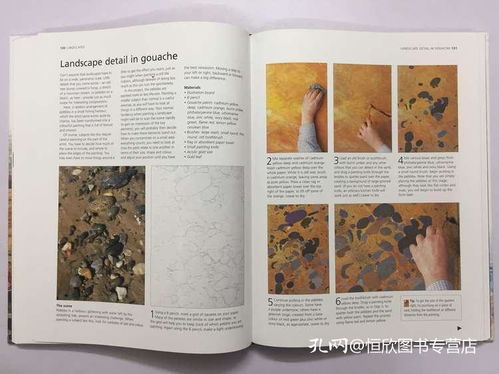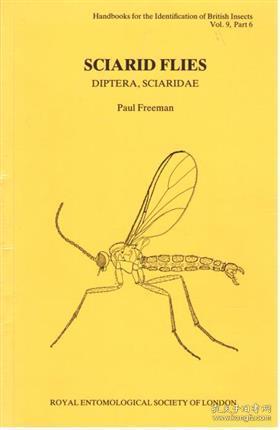Content:
Fishing is an ancient pastime that has been enjoyed by people across the globe for centuries. One of the most crucial aspects of fishing is the art of baiting, or "baitsing" in some circles. A well-placed and properly prepared bait can make the difference between a successful fishing trip and a day spent without a catch. In this article, we will delve into the essential techniques for successful baiting, ensuring that your next fishing adventure is fruitful and memorable.
Understanding the Basics of Baiting
Before we dive into the specifics of baiting techniques, it's important to understand the basics. Baiting is the process of placing food or lure in or near the water to attract fish. The goal is to mimic the natural food sources that fish are accustomed to, thereby enticing them to bite. There are two primary types of bait: natural and artificial.
Natural Bait: This includes anything from live bait like worms, minnows, or leeches to dead bait like fish cuttings or shrimp. Natural bait is often preferred by anglers because it is highly effective and can be found in the environment where you are fishing.
Artificial Bait: These are man-made lures that mimic the movement and appearance of natural prey. Artificial baits can be very effective, especially in situations where natural bait is scarce or inedible to the fish you are targeting.
Choosing the Right Bait
The first step in successful baiting is selecting the right bait for the fish you're trying to catch. Here are some tips for choosing the right bait:
Research the Species: Different fish species have different preferences when it comes to food. Research the species you're targeting to determine what kind of bait they are most likely to eat.
Seasonal Considerations: Fish feeding patterns can change with the seasons. In spring, fish may be more interested in protein-rich bait, while in summer, they might prefer bait that resembles smaller insects or fish fry.
Water Conditions: The clarity of the water and the depth at which fish are holding can also influence your bait choice. Clear water may require more subtle and natural-looking baits, while murky water might call for brighter or more aggressive lures.
Preparing Your Bait
Once you've chosen the right bait, the next step is to prepare it. Here are some tips for preparing both natural and artificial bait:
Natural Bait Preparation: If you're using live bait, make sure it's lively and healthy. For dead bait, cut it into small, bite-sized pieces that are easy for fish to consume. For live bait, you may need to hook it through the appropriate spot to ensure it stays on the hook.
Artificial Bait Preparation: Artificial baits often require some tuning. Check the hooks for sharpness and adjust the lure's weight and action if necessary. Some artificial baits may need to be painted or fished in a specific way to mimic the natural movement of prey.
The Art of Placing Your Bait
Now that your bait is prepared, it's time to place it in the water. Here are some key techniques for successful bait placement:
Identify Hot Spots: Use a combination of local knowledge, topographic maps, and fish-finding equipment to identify areas where fish are likely to be.

Use the Right Equipment: The type of bait you're using will determine the type of baiting equipment you need. For natural bait, you might use a simple hook and line, while for artificial bait, you might use a specialized rod and reel.
Patience is Key: Place your bait in the water and wait. Fish may take some time to respond, so be patient and allow the bait to sit undisturbed for a while.
Adjust Your Approach: If you're not getting bites, try adjusting your bait's position, depth, or the way you're presenting it. Sometimes, the smallest change can make a big difference.
Final Thoughts
Baiting is a skill that takes practice and patience to master. By understanding the basics, choosing the right bait, preparing it properly, and placing it effectively, you can increase your chances of catching fish. Remember that fishing is as much about enjoying the outdoors as it is about catching fish, so take the time to learn the art of baiting and make the most of your time on the water. Happy fishing!












